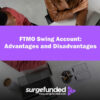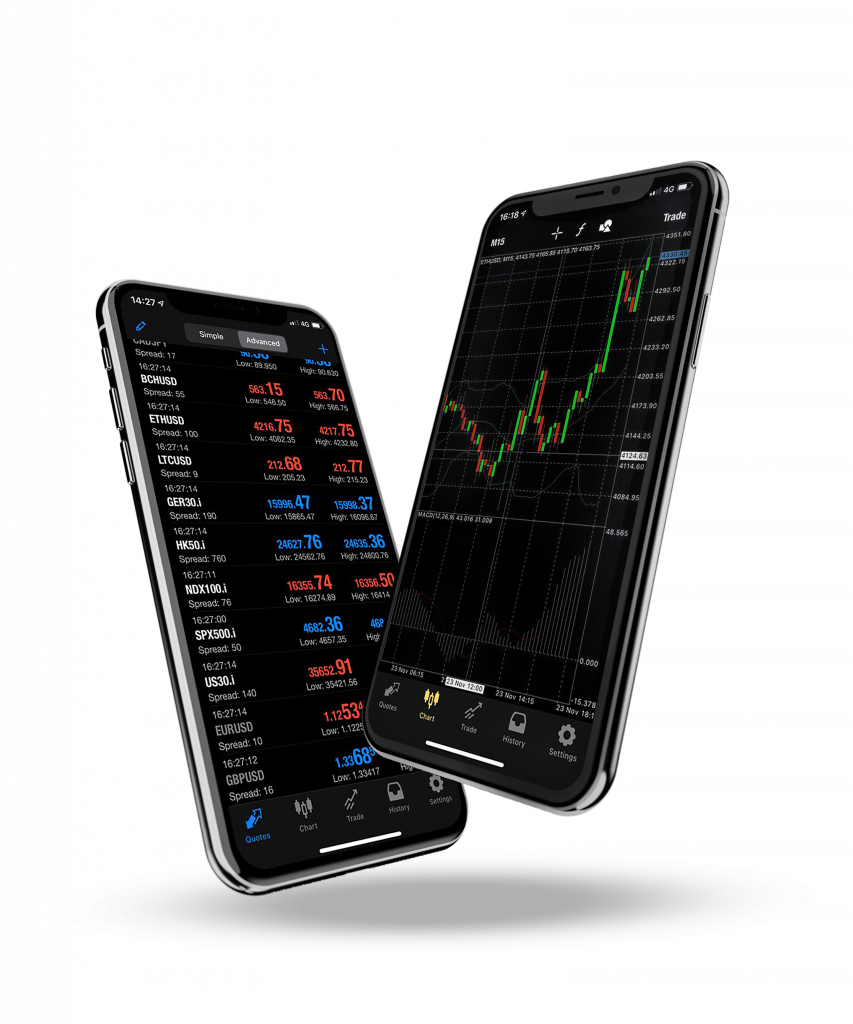Knowing how to use VPS for forex trading is important for traders looking to optimize their performance in an increasingly competitive market. Forex trading is a fast-paced and competitive industry where milliseconds can determine the difference between profit and loss. To stay ahead, traders are increasingly utilizing Virtual Private Servers (VPS) to increase their trading performance. A Forex virtual private server (VPS) offers a low-latency, secure, and reliable environment for trading platforms and automated techniques. This post provides a thorough overview of how to use VPS for Forex trading, including information on its advantages, setup procedure, and advice for optimizing its performance.
What is a Forex VPS?
A Forex VPS is a cloud-based virtual server that lets traders operate their trading platforms around-the-clock without depending on their own PCs. It offers a specialized setting with fast internet access, low latency, and continuous operation. For traders who use automated systems like forex robots or Expert Advisors (EAs), this makes it perfect.
In contrast to traditional configurations, a Forex VPS hosts the trading program in close proximity to broker servers, guaranteeing faster and more dependable transaction execution. Additionally, it removes the possibility of hardware malfunctions, internet outages, and power outages.
Advantages of Using a Forex VPS
Knowing how to use VPS for Forex trading offers several advantages that enhance trading efficiency and profitability:
Low Latency
The term “latency” describes how long it takes for information to move between your broker’s server and your trading platform. By situating your platform next to the broker’s data center, a Forex VPS reduces latency, guaranteeing quicker trade execution and less slippage. For traders that use scalping tactics or trade frequently, this is essential.
Trading Around-the-Clock
Your automated trading systems can function even when your personal computer is not in use thanks to a Forex VPS’s ongoing operation. This guarantees that you never miss market possibilities, particularly in the erratic and constantly changing currency market.
Enhanced Security
Strong security features like firewalls, encryption, and DDoS protection are used by forex VPS providers to protect your trading environment from online attacks. Regular backups also ensure that your data remains secure and recoverable in case of technical issues.
Uninterrupted Trading
For traders, internet interruptions or power outages might be catastrophic. By offering a steady and unbroken connection, a Forex VPS removes these dangers. This dependability is especially helpful for traders who depend on automatic systems like EAs.
Quick Execution Times
You can drastically cut down on execution times by placing your trading software on a virtual private server (VPS) near your broker’s server. For strategies that call for accurate market entry and exits, this is crucial.
Worldwide Accessibility
You can use any internet-connected device to access your Forex VPS from any location in the world. You can keep an eye on and manage your trades while on the go thanks to this flexibility.
Scalability
Because Forex VPS plans are scalable, you can increase CPU or RAM as your trading requirements change.
How to Set Up a Forex VPS
Setting up a Forex VPS may seem daunting at first, but it’s relatively straightforward when broken into steps:
Step 1: Choose a Reliable Forex VPS Provider
Select a provider that offers:
- Low latency connections near your broker’s data center.
- High uptime guarantees (99.9% or higher).
- Robust security features.
- Scalability options.
Popular providers include FXVM, ForexVPS.net, and Cloudzy.
Step 2: Select the Right Plan
Choose a plan based on your trading needs:
- Basic Plans: Suitable for beginners or light trading activity.
- Advanced Plans: Ideal for professional traders running multiple EAs or high-frequency strategies.
Ensure the plan includes sufficient CPU power, RAM (at least 2 GB), SSD storage, and bandwidth.
The Step 3: Access Your VPS
Your supplier will send you your login information (IP address, username, and password) after you purchase a plan. To connect to your VPS, use the Remote Desktop Protocol (RDP) on Windows or third-party software such as Microsoft Remote Desktop (for Mac).
Step 4: Install Trading Platforms
Download and install your preferred trading platform (e.g., MetaTrader 4/5) on the VPS. Many providers offer pre-installed platforms to simplify this process.
Step 5: Configure Your Trading Environment
- Link your broker account to the platform.
- Install any Expert Advisors (EAs) or indicators you plan to use.
- Test the setup by placing demo trades to ensure everything runs smoothly.
Tips for Maximizing Your Forex VPS
To get the most out of your Forex VPS, follow these best practices:
Optimize Latency
To reduce latency, pick a server location that is nearest to your broker’s data center. During setup, some providers let you choose particular locations.
Track Performance
Check your VPS dashboard frequently to see how much CPU, RAM, and internet speed are being used. Upgrade resources as needed to maintain optimal performance.
Maintain Software Updates
To prevent incompatibilities or security flaws, make sure your trading platform and operating system are updated frequently.
Employ Trustworthy EAs
Before going live, properly test each Expert Advisor on a demo account. Even with a strong VPS configuration, poorly programmed EAs might result in unanticipated losses.
Secure Your Connection
To secure access to your VPS, use strong passwords and, if at all possible, enable two-factor authentication (2FA).
Common Challenges with Using a Forex VPS
While using a Forex VPS has many benefits, there are some challenges traders should be aware of:
Cost
Although many providers offer affordable plans starting at $10/month, advanced features like ultra-low latency or DDoS protection may increase costs.
Learning Curve
New traders may find it challenging to set up and manage a VPS initially. However, most providers offer tutorials or customer support to assist with configuration.
Dependence on Provider Reliability
The performance of your trades depends heavily on the reliability of the VPS provider. Choosing an untrustworthy provider can lead to downtime or poor execution speeds.
Conclusion
In 2025, traders who want to maximize their performance in a market that is becoming more and more competitive must use a Forex VPS. A forex virtual private server (VPS) guarantees that you never miss an opportunity in the rapidly shifting forex market by offering low latency connections, continuous operation, improved security, and worldwide accessibility.
With the correct provider and a plan that suits your needs, setting up a Forex VPS is simple. Using a Forex VPS can greatly improve your trading experience and profitability, regardless of your level of knowledge with sophisticated algorithms or your level of inexperience with automated tactics. You will be prepared to benefit fully from a Forex VPS in 2025 if you adhere to this guidance and put best practices for security and optimization into effect.
Frequently Asked Questions
How Do I Connect To My Forex VPS?
To connect:
- Open Remote Desktop Connection on your computer.
- Enter the IP address, username, and password provided by your VPS provider.
- Click “Connect” to access your VPS.
Can I Use A Forex VPS For Automated Trading?
- Yes, With support for MT4/MT5 platforms and the ability to run Expert Advisors (EAs) continuously, Forex VPS is perfect for automatic trading and guarantees that you never miss a trading opportunity..
What Security Measures Should I Take When Using A Forex VPS?
Implement these security measures:
- Use Strong Passwords: Protect access to your VPS.
- Enable Two-Factor Authentication (2FA): Enhance login security.
- Regular Backups: Safeguard your trading data and settings.


















